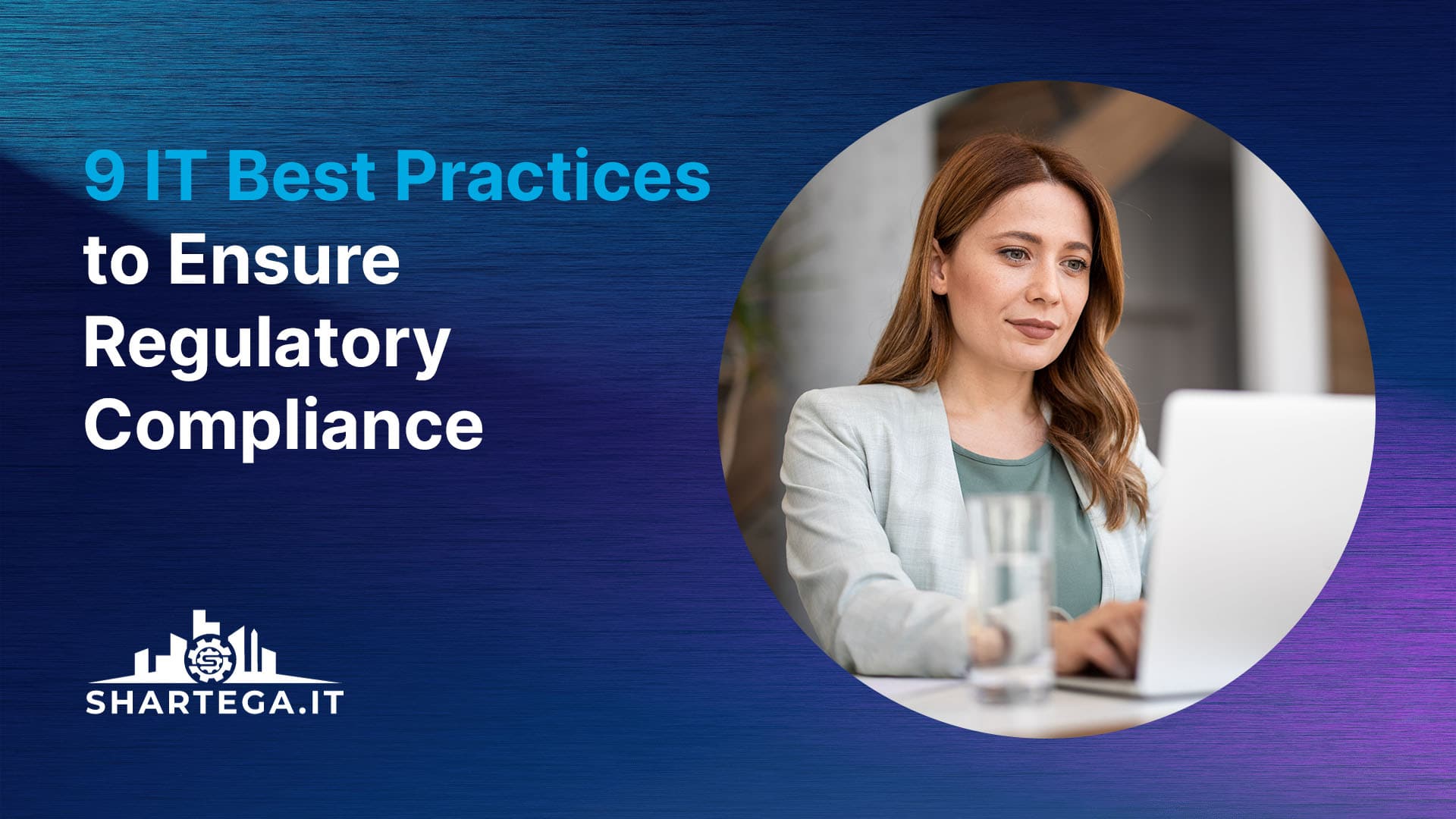Compliance with regulations and industry standards is crucial for businesses of all sizes. With certain industries such as healthcare and finance facing increasing scrutiny, compliance is important not just to protect customer trust and prevent data breaches, but also to avoid costly legal penalties. Fortunately, this can be accomplished by following some simple best practices.
1. Understand Your Industry’s Regulatory Requirements
Each business is governed by different compliance standards, such as the Health Insurance Portability and Accountability Act (HIPAA) in healthcare and the General Data Protection Regulation (GDPR) for those operating within the EU. The first step is understanding which regulations are relevant to your company. Familiarize yourself and your team with compliance requirements, and create a roadmap that outlines how they will be met.
2. Conduct Regular Security Audits and Risk Assessments
Security audits and risk assessments are an important way of identifying vulnerabilities within your systems. These audits allow you to evaluate whether your business’ current practices align with regulatory compliance, and pinpoint areas that need improvement. Assessments and audits should be carried out regularly. Use your findings to create action plans for closing gaps, strengthening defenses, and reaching compliance with regulations.
3. Implement Role-Based Access Controls (RBAC)
RBAC restricts employee access to sensitive data based on their roles and responsibilities, which helps prevent cybercriminals from compromising your business. Access should always be granted based on the principle of least privilege – that is, the idea that staff should only be given information they absolutely need. Make sure to review access privileges regularly, and revoke any that are no longer necessary.
4. Enforce Strong Password Policies and Multi-Factor Authentication (MFA)
Login credentials are often the weakest link in the cybersecurity chain, especially when poor password practices are used. Implement policies that encourage strong passwords, and use MFA as an extra layer of security. If necessary, password management software can make it easier for employees to maintain strong, unique passwords across multiple platforms.
5. Use Data Encryption for Storage and Transit
Encryption scrambles data, making it unreadable without an encryption key. Many industry standards require it as a basic compliance measure, since it helps ensure that even if data is stolen it cannot be used. Data should be encrypted both in transit and at rest for the highest level of security possible.
6. Implement Regular Patch Management
Patch management is essential to prevent cybercriminals from taking advantage of vulnerabilities within software, operating systems, and devices. Critical patches should be applied as soon as they are available, to minimize the amount of time where a vulnerability could be exploited. If possible, automate updates to remove the element of human error entirely.
7. Educate Employees on Security and Compliance Protocols
Employees may not understand how their actions impact security and compliance, making it critical to conduct regular training sessions. Educated staff are better prepared to handle sensitive data responsibly, and recognize potential threats. Reinforce these training sessions with simulations and tabletop exercises, to identify and address any potential gaps in employee knowledge.
8. Monitor and Log System Activity
Most businesses are required to track and log system activity in order to demonstrate regulatory compliance, especially in the event of a cyber-attack or data breach. Monitoring activity using SIEM tools, a SOC team, or other methods also allows you to detect and respond to potential threats before they can damage your business. Keep a clear, comprehensive log of all activity monitored, so that compliance can be proven if necessary.
9. Develop an Incident Response Plan
Regardless of how strong your security measures are, incidents can still occur. A robust incident response plan will help you maintain compliance and minimize disruptions in the event of a cyber-attack or other disaster. You should delegate responsibilities to specific individuals, explain how data will be restored from backups, and run simulations to test effectiveness in a real-world scenario.
If an incident occurs, it is crucial that you keep written documentation of what happened and which steps were taken to resolve the issue. Regulators may ask for this information to ascertain compliance.
Reach Regulatory Compliance With Strong Cybersecurity Solutions
Achieving and maintaining compliance with regulations is a process requiring diligence, attention, and robust cybersecurity solutions. A big part of this involves following best practices, educating staff, and documenting every step of the process for future reference. Making the effort to stay compliant does not just protect your business from regulatory fines – it strengthens trust and positions your business as a responsible, security-conscious industry leader.
If you need assistance improving your security posture and attaining compliance, Shartega IT is ready to help. Our cybersecurity experts implement advanced solutions and EDR to keep your business safe, making compliance easy. Learn more about our managed cybersecurity services.





